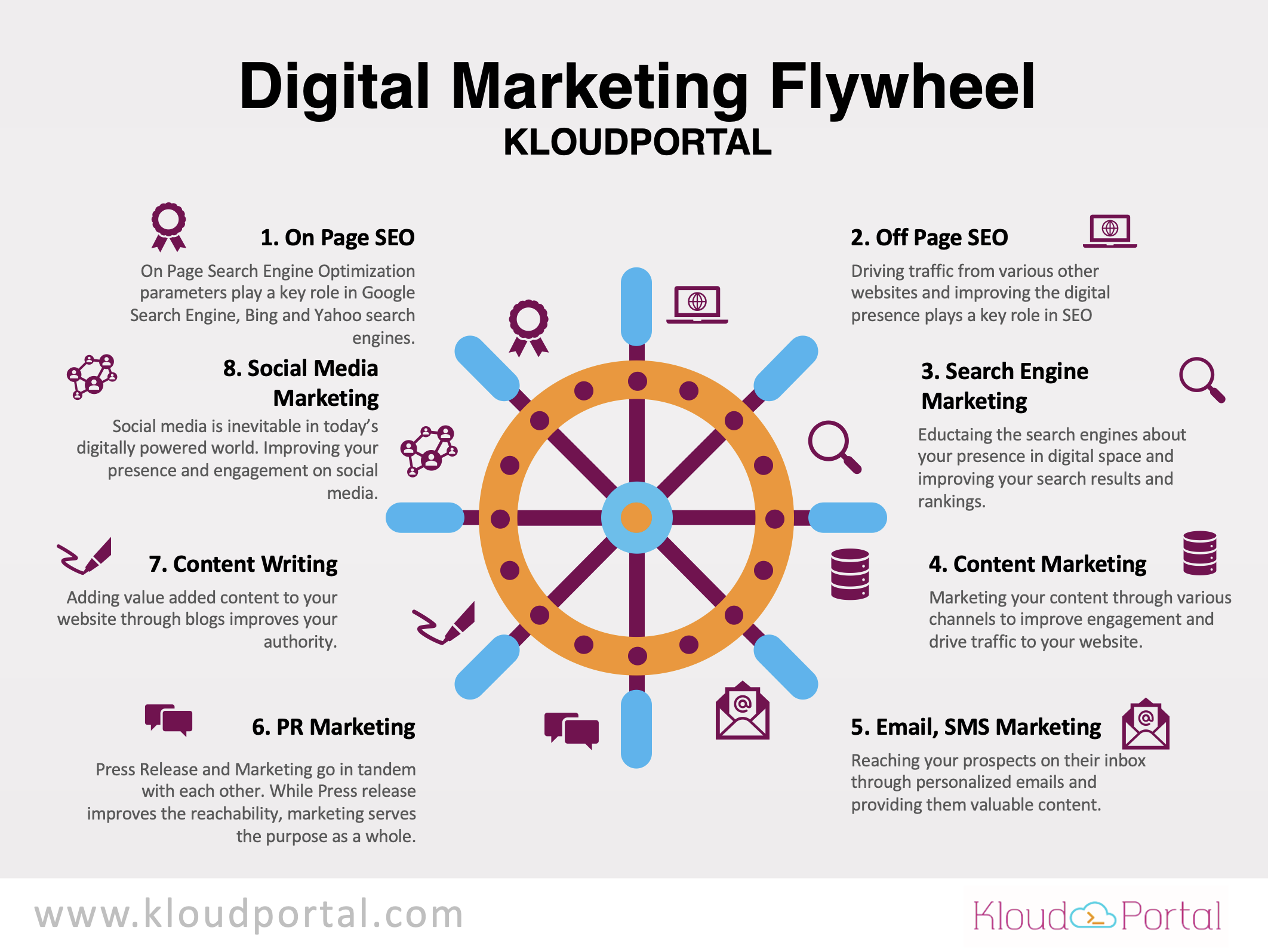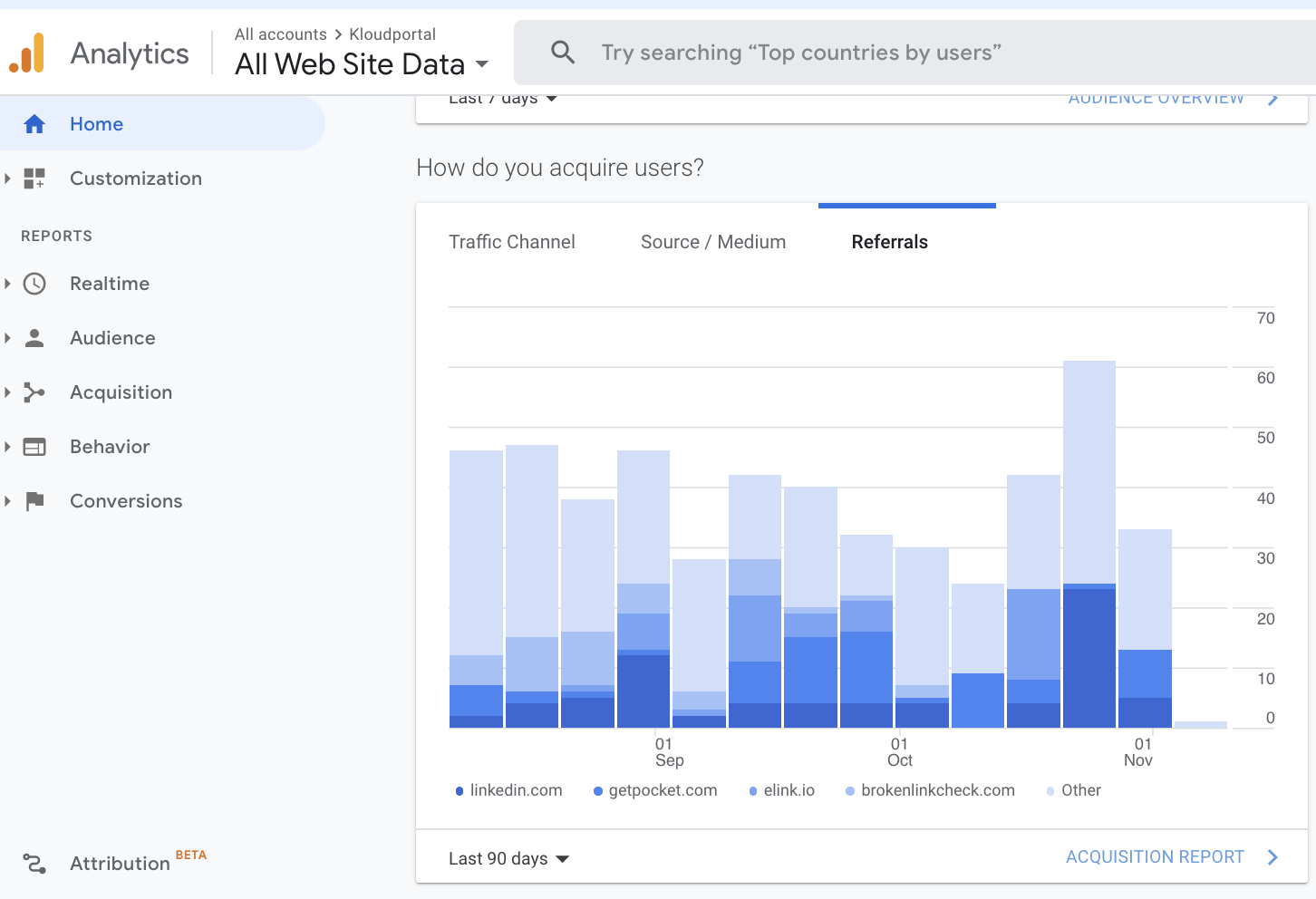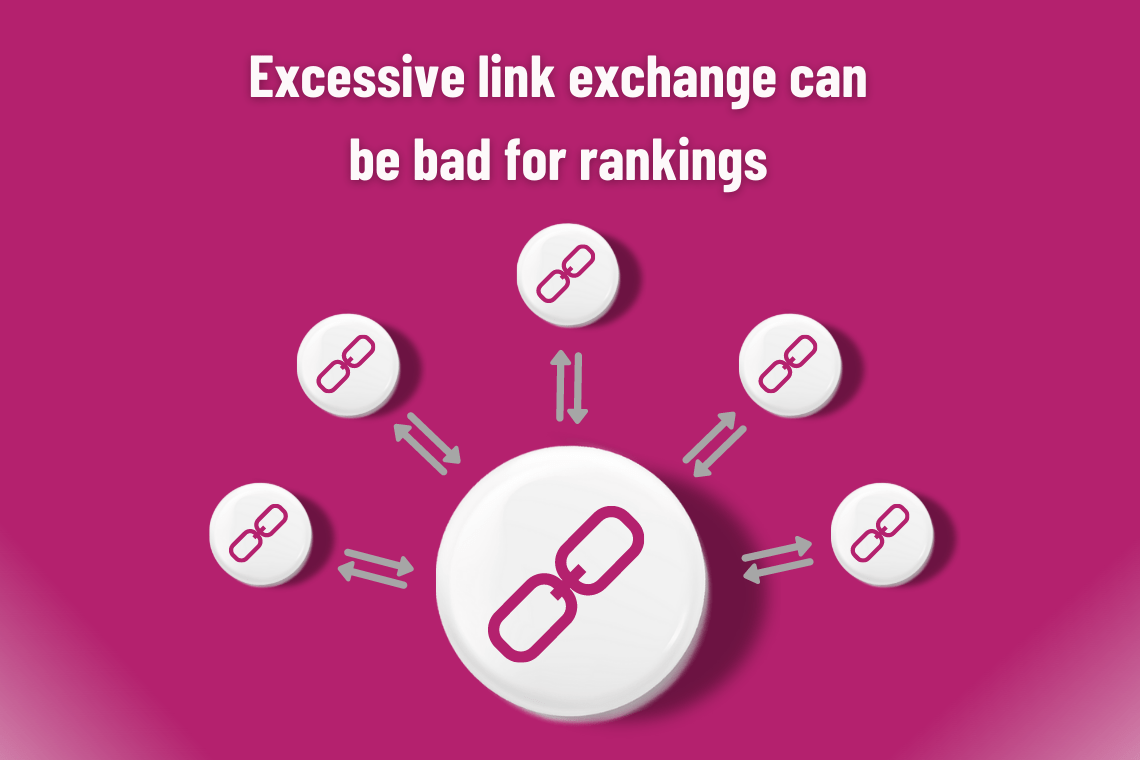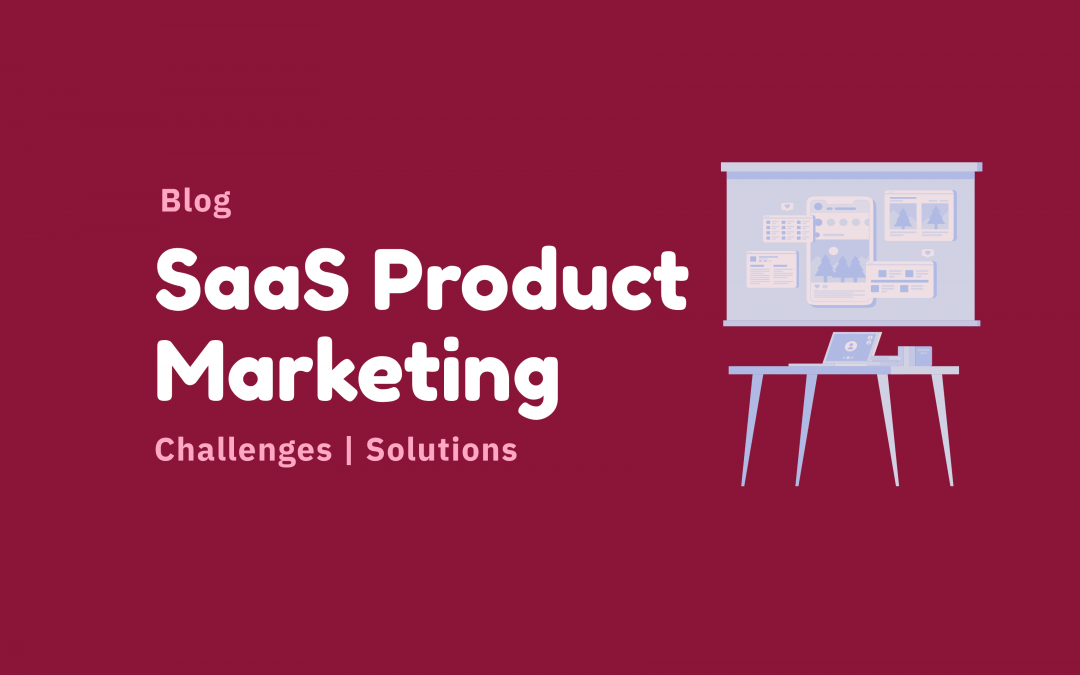
What is SaaS Product Marketing | SaaS Product Roadmap
I am always fascinated by SaaS products. Every product that is designed, developed and released solves a market problem. Closely monitored and carefully designed, most of the SaaS products, I feel, add a lot of value to its users. But I always wondered why we only see less than 1% of the SaaS products succeeding? Why do the SaaS products lose their shine? One key aspect that we found was the gap in marketing and sales. In this article, we highlight the core marketing steps for every SaaS product to succeed
Many entrepreneurs dream of building their SaaS products and in helping the market with their solutions. The beauty of every SaaS product is there is a passion to solve a problem that can affect millions of lives. Facebook, Twitter, Salesforce, Zoho, all are SaaS products that have identified certain gaps in the market and have developed appropriate solutions to fill the gaps or solve a problem.
Then you may be wondering, when so many SaaS product companies exist, why only a handful of them reach the market potential? What do they do differently, than other SaaS product companies that reach a success criterion and capture a large market share?
What is SaaS Product Marketing?
SaaS Product Marketing is the process of creating market awareness about a problem and how your product can solve it. The objective of SaaS product marketing is not always focused on increasing the number of subscriptions alone but also creating awareness in the market about a possible problem this product can solve.
Marketing Vs Sales.
Many Product owners are often confused between Marketing material and Sales Material. While marketing material is more focused on “What” of a problem statement, Sales collateral focuses on “How” of a problem statement.
Most of the SaaS marketing collateral focusses on helping customers understand the features of a product. While we advise you to focus on “What” of the problem statement in your marketing collateral. What problem you saw in the market and a high level picture of how your product solves that problem.
A detailed walkthrough of your solution should be the part of your Sales pitch and your product demos.
Identify Target Market
Identifying your marketing channels plays a major role in strategizing your marketing plan. Geographics, Demographics and Psychographics of your Target audience segment plays a significant role in successful execution.
Identify your Market.
TAM – Target achievable Market,
SAM – Serviceable Available Market and
SOM – Serviceable Obtainable Market.
The goal of SaaS Product Marketing is to effectively reach your SOM.
Eg., Say you have developed a SaaS product that is a Management Software. Typically, your feature list includes Admin Panel, Workflow Management, Calendar, Task Management, Integration plugins (Eg., Shopify & Magento), E-commerce Modules etc.,
TAM – All the organizations/companies across the World who use Software in their organizations.
SAM – All the organizations/companies that sell their products online are your SAM
SOM – All organizations/companies/small businesses that are using Shopify or Magento as their e-commerce platform.
Typically your SOM is 6 percent of your SAM market.
The above metrics is not only important for a marketing plan, but is also the most demanded one to be included in your business plans, if you are going for investments.
How is SaaS Product Marketing different from Traditional Services marketing?
Marketing efforts vary based on the type of product, service and market segments we try to reach. For example a Consumer based SaaS product like Uber App has a different set of audience, different demographics and Psychographics, where as a SaaS product like Salesforce has a different objective focussed on the B2B segment.
The difference between SaaS Product Marketing and Traditional services marketing is huge and they are two different segments which have to be looked up independently. There are several factors based on which a strategy is designed. For Eg., Target Market, Demographics, Culture, Psychographics etc., play a significant role.
When should SaaS Product Marketing Start?
Many SaaS product owners are quite confused on when their marketing campaign should start. Often most of the SaaS Product owners engage the marketing team at a much later stage, and often don’t see the results quickly.
The best time to start your SaaS Product marketing is when you are half way through your MVP 0. When the marketing team starts working with you, you have to have few things already in place – Your Competitors list, Your Target Market/audience defined and most importantly your digital presence which includes a basic website, Social media channels etc.,
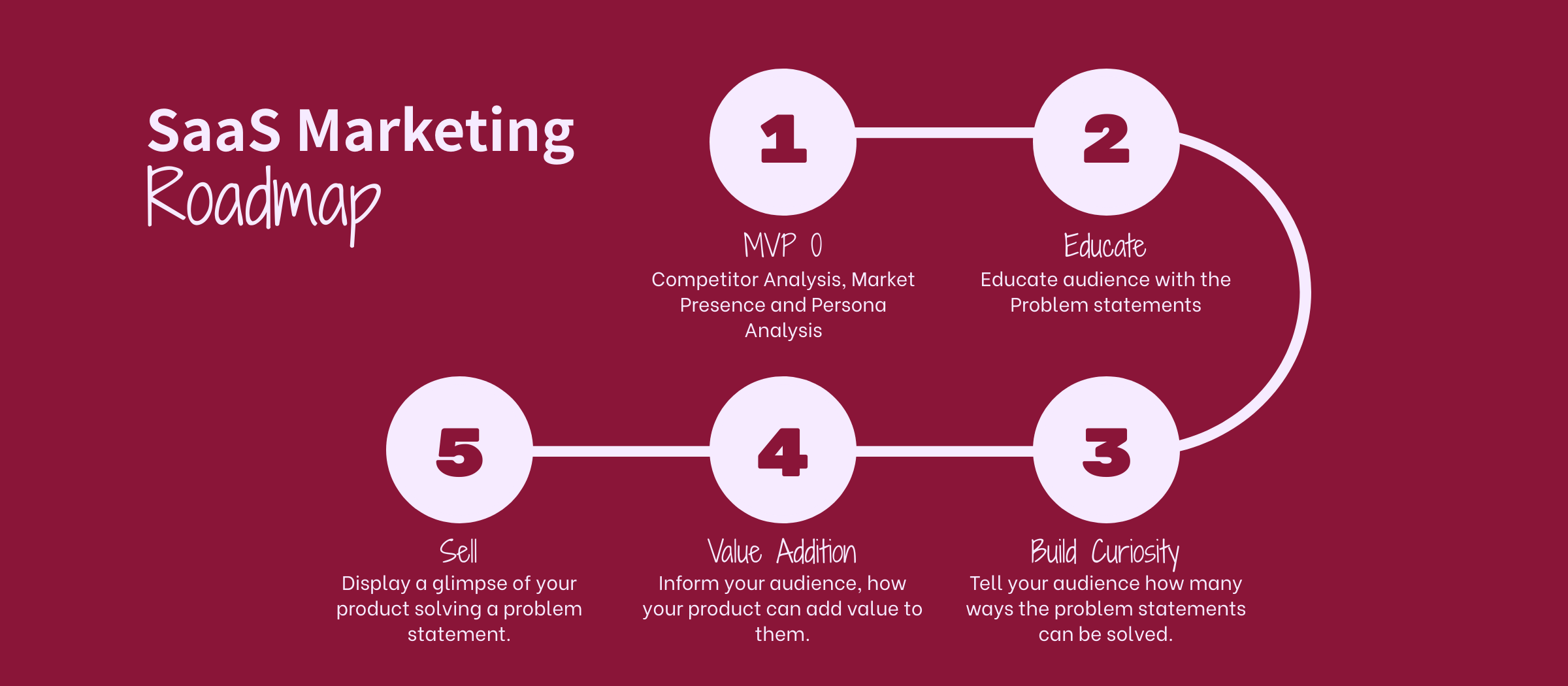 Though SaaS product development itself is less than two decades old, our fascination to study the SaaS Product roadmap has never ended. We keep updating ourselves with latest techniques, market shifts and marketing tools to take SaaS products in to the market. Stay tuned to this space, as we will be coming up with more articles on SaaS Product Marketing. If you want to explore more about SEO techniques please checkout our recent blogs around it. Want to know about Instagram hacks, we have an article for you too.
Though SaaS product development itself is less than two decades old, our fascination to study the SaaS Product roadmap has never ended. We keep updating ourselves with latest techniques, market shifts and marketing tools to take SaaS products in to the market. Stay tuned to this space, as we will be coming up with more articles on SaaS Product Marketing. If you want to explore more about SEO techniques please checkout our recent blogs around it. Want to know about Instagram hacks, we have an article for you too.



